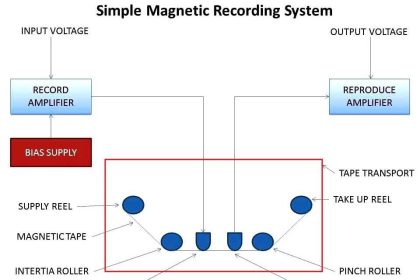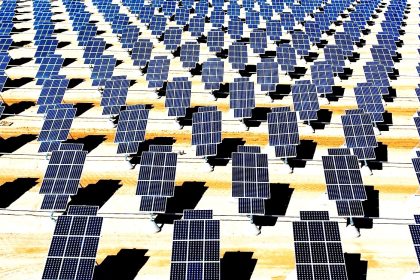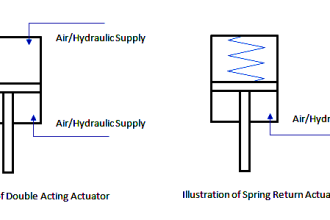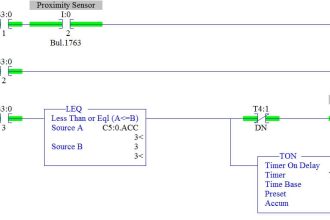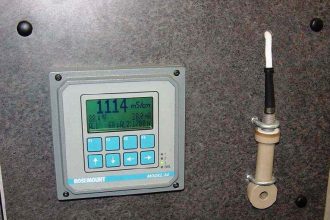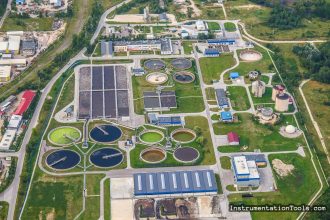In this post, we will learn the concept of transparent solar panel, working principle, and theory of solar energy.
There are two types of energy resources – non-renewable and .renewable. Non-renewable means that these sources will become extinct from the world after a certain amount of years; because it is limited and not endless.
Renewable energy sources means that these sources will not become extinct as they are endless and cannot run out of source.
There are many renewable energy sources available and in this post, we will look at one such energy – solar power.
Sun is the largest source of energy in the world. So, solar panels are mounted on building terraces or open areas where sun rays come strongly on them.
Solar cells are used inside it which gets charged on receiving solar power and the electricity thus generated is used for domestic and industrial purposes.
Solar power is one of the most widely used power sources in most of the countries and is fast replacing other non-renewable energy sources.
One path breaking technology which is being worked on nowadays is transparent solar panel. It is a complete new technique in generating electricity from solar energy.
In this post, we will understand the concept of transparent solar panel.
What is Transparent Solar Panel?
Traditional solar energy conversion used normal solar panels (solar photovoltaic panels). But, transparent solar panels uses plain glass as a panel. Basically, as glass is transparent, it is coated and made with special materials to make it undergo photovoltaic effect.
Due to this, the glass remains transparent and also converts solar energy into electrical energy. So, you can imagine that every glass used, right from a window pane to auto-mobile window can be used as solar panels.

So, no additional land space or rooftop is required to install solar panels. If you just erect a building with windows made of these type of glasses, then it will automatically generate electricity. So, you could literally turn any glass sheet or window into a photovoltaic cell.
All light is made up of electromagnetic radiation spanning a spectrum of wavelengths, each containing energy that potentially can be harvested by a solar cell. But, the human eye can detect only a certain part of wavelength (visible light).
So, this panel is made up of special salt coating which can detect only invisible (UV or infrared light) and block the normal visible light. In this way, it will convert the invisible solar light into electricity.
How does Solar Energy Work?
Let us have a detailed look into it’s basic working first. Refer to the below image showing the basic structure of a solar panel.
These are the primary components in the whole panel – frame, glass, front adhesive film, solar cells, back adhesive film, back sheet and junction box.

The main component here is the solar cell. It is also called as photovoltaic cell. It generates electricity when solar energy strikes it; which is called as photovoltaic effect. This single cell is not enough to create a lot of power.
So, multiple cells are used together to form a single panel; as shown in figure highlighted as solar cells. The additional layers of glass and adhesive act as protection for the solar cells.
Solar cells are made of silicon. It is basically a semiconductor which is the electricity generating reason. The solar cell is made of two such silicon layers.
One is a positive charging layer called as p-type layer and the other is a negative charging layer called as n-type layer. The n-type layer can give away electrons and this layer is the one which faces light.

The p-type layer can receive the electrons and as they are receiving extra electrons, the area created for such electrons are called holes. The p-type layer is placed beneath the n-type layer.
Sun light has elements called photons. When the sunlight strikes the n-layer through the glass and adhesive as discussed earlier, the loose electrons are freed from this layer and are transferred to p-layer as holes.
This creates a flow of electrons between these two layers and indirectly, current is generated. This current flows to the junction box and from there, we ultimately get the final output current.
How does Transparent Solar Panel Work?
Now let us move ahead to our main topic of transparent solar panel. Refer to the below figure.
The first component is the glass or other substrate material being coated. After this, similar to basic solar panels, come the semiconductor layer which captures the light and transforms it into electrical energy.
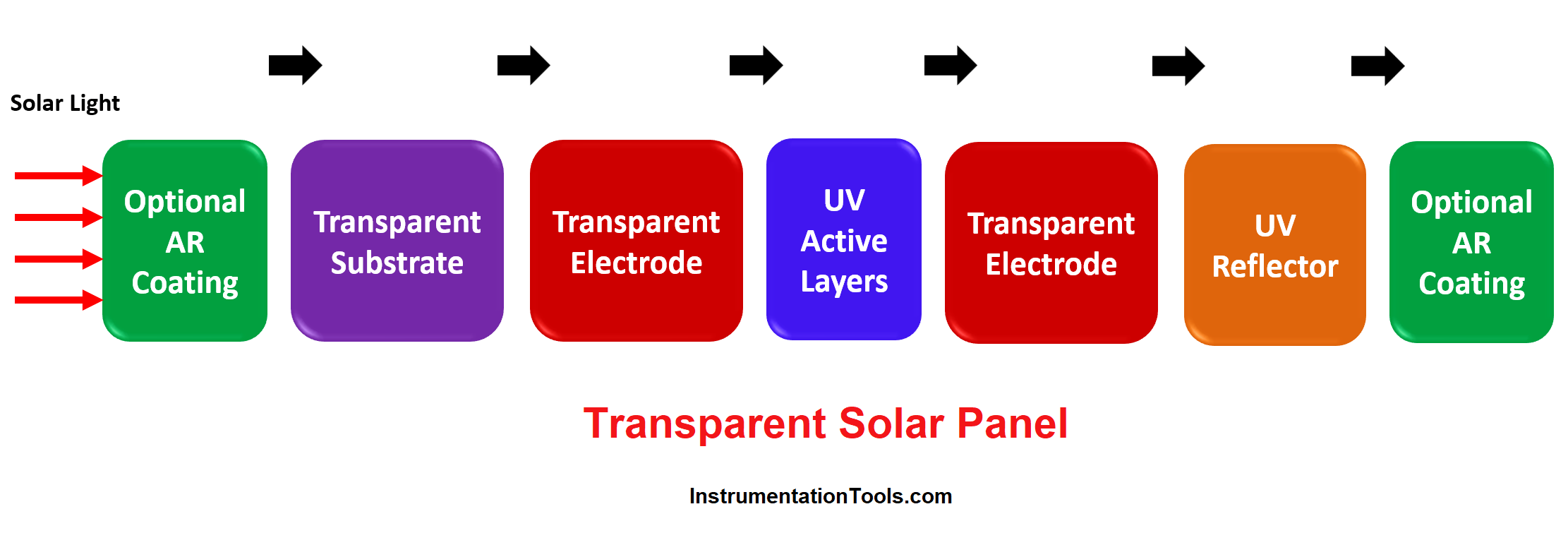
The circuit then connected to it after this layer is used to transfer the electricity forward. Since the electrodes are also transparent, another UV layer can be added to reflect sunlight and be used to generate power.
At the last, anti-reflective coatings are used on both outside surfaces to reduce reflections because any light that reflects—potentially as much as 10% of the total—doesn’t go through the device.
The reflector sends UV light back into the active layers, while the anti-reflective (AR) coatings on the outside surfaces maximize incoming light by reducing reflections.
In this way, we saw the concept of transparent solar panel.

